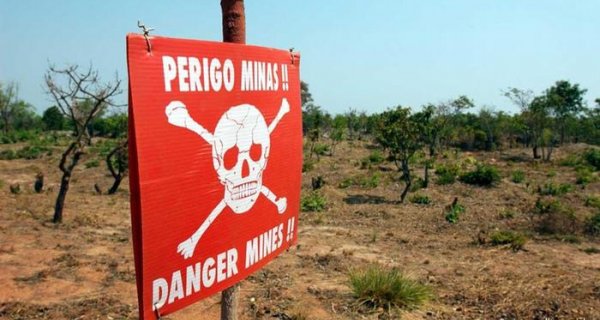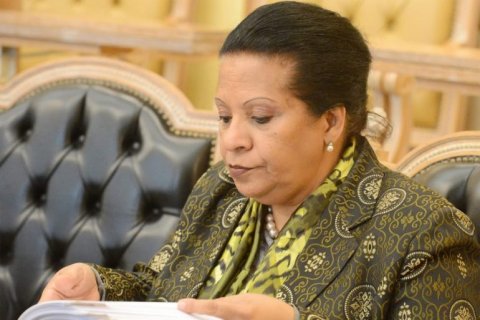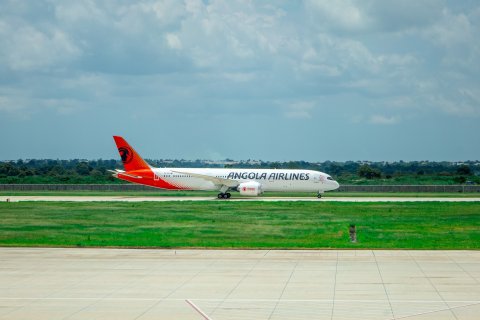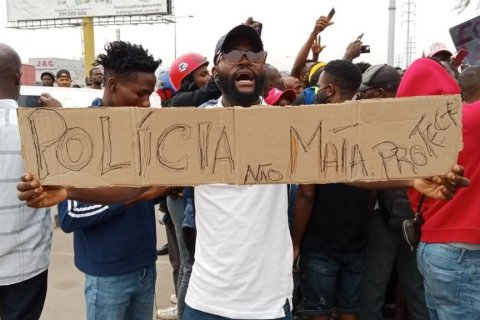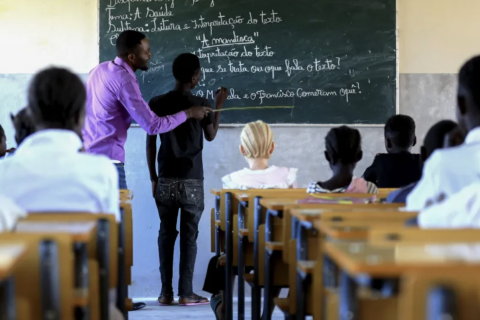Due to the high number of minefields, the Landmine and Cluster Munition Monitor initiative fits Angola into the group of countries with a “serious” classification in relation to the mined areas.
Alongside the National Demining and Humanitarian Assistance Commission (CNIDAH) and the National Demining Institute (INAD), there are three international non-governmental organizations involved in humanitarian demining and mine risk education: Halo Trust, Mine Advisory Group (MAG) and Norwegian People's Aid (APN).
The United States has been the largest donor for humanitarian demining, providing since 1995 a total of USD $ 134 million in assistance.
However, Angola lost 90 percent of its funding to fight mines. Both the appropriations of the General State Budget and international financing have decreased, which makes it difficult to meet the established goal of freeing the country from these devices by 2025.
The presence of landmines in Angolan territory, in addition to causing fatalities, has prevented the use of land for agricultural activities and the work of environmentalists. Our country still suffers from hunger, a large part of the population lives in conditions of relative poverty and for many of the citizens, agriculture is seen as an alternative to fight unemployment. However, landmines, in addition to causing fatalities, have been one of the factors limiting the growth of the rural world. On the way to two decades after the internal conflict, Angola has not yet been rid of these explosive devices, even though it is one of the biggest beneficiaries of international funding for the removal of landmines.
The current situation is still critical, and the efforts made to improve the current condition or the management of the values donated by national and international donors have not been as efficient as it seems.
Previous
The opinion of... Cesário Sousa Domingos


